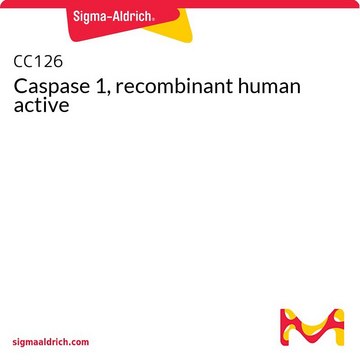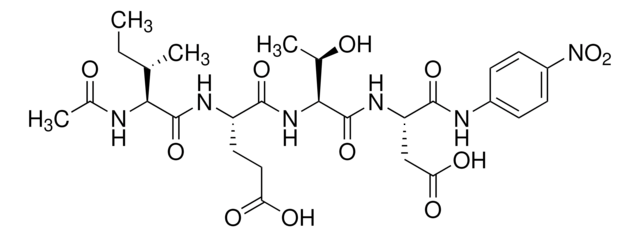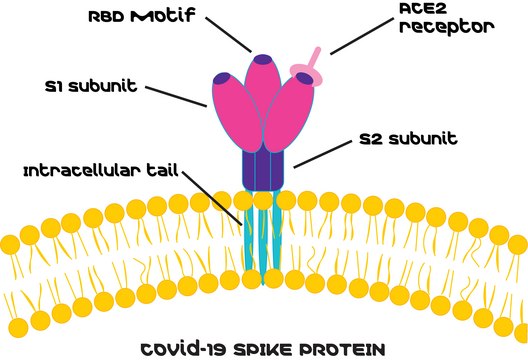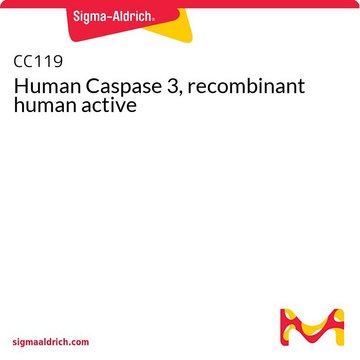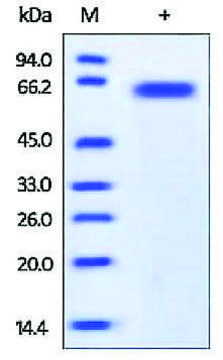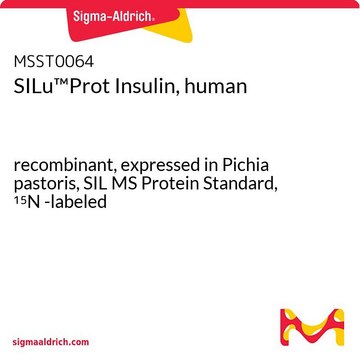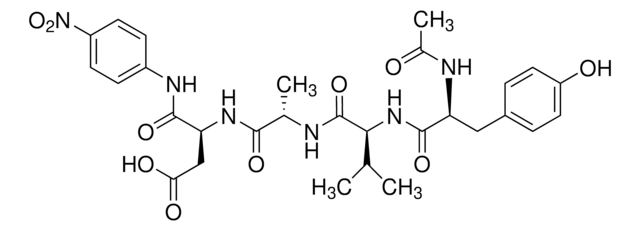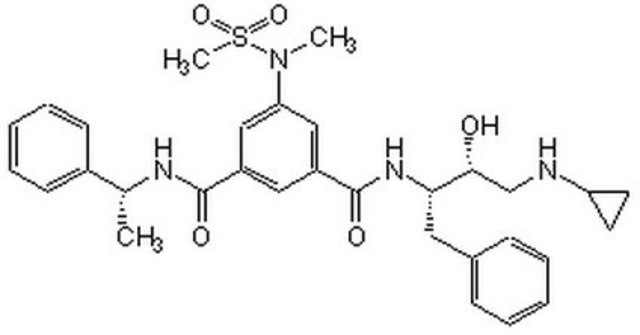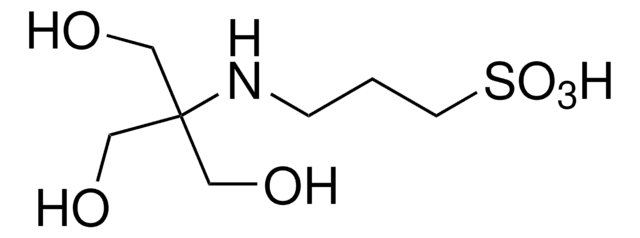CC123
Caspase 8, recombinant human active
Synonym(s):
FLICE, MASH, Mch5
Sign Into View Organizational & Contract Pricing
All Photos(1)
About This Item
UNSPSC Code:
12352200
eCl@ss:
32160405
NACRES:
NA.41
Recommended Products
biological source
human
recombinant
expressed in E. coli
form
solid
specific activity
25 units
manufacturer/tradename
Chemicon®
technique(s)
activity assay: suitable
NCBI accession no.
UniProt accession no.
shipped in
dry ice
General description
Caspase-8 is a member of the interleukin-1β converting enzyme (ICE) family of cysteine proteases. As with other caspases, caspase-8 also exists in cells as an inactive proenzyme. During apoptosis procaspase-8 is processed at aspartate residues by self-proteolysis and/or cleavage by another caspase. The processed form of caspase-8 consists of large and small subunits which associate to form the active enzyme. The active caspase-8 has been shown to be involved in the proteolysis of poly (ADP-ribose) polymerase (PARP), an enzyme that is involved in DNA repair and genomic maintenance.
The active recombinant human caspase-8 was expressed in E. coli. The expressed caspase-8 spontaneously undergoes autoprocessing to yield the subunits characteristic of the active enzyme. The recombinant caspase-8 preferentially cleaves the substrates consisting of consensus sequence IETD (e.g., IETD-AFC and IETD-pNA). The recombinant enzyme can also be used as a positive control in caspase assays or in determining the specificty of caspase substrates.Recommended usage: 0.5-1 unit for fluorometric caspase assays and 2-4 units for colorimetric caspase assays. Optimal working dilutions must be determined by end user.
Application
Recommended usage: 0.5-1 unit for fluorometric caspase assays and 2-4 units for colorimetric caspase assays.
Optimal working dilutions must be determined by end user.
Optimal working dilutions must be determined by end user.
Unit Definition
Specific Activity: Where one unit of the recombinant caspase-8 is the enzyme activity that cleaves 1 nmol of the caspase substrate IETD-pNA (pNA: pnitroanaline) per hour at 37°C in a reaction solution containing 50 mM HEPES, 50 mM NaCl, 0.1% CHAPS, 10 mM EDTA, 5% Glycerol, and 10 mM DTT.
Physical form
Lyophilized. Reconstitute with 25 μl PBS containing 15% glycerol.
Storage and Stability
Maintain at -70°C for 3-6 months. Avoid repeated freeze/thaw cycles.
Legal Information
CHEMICON is a registered trademark of Merck KGaA, Darmstadt, Germany
Disclaimer
Unless otherwise stated in our catalog or other company documentation accompanying the product(s), our products are intended for research use only and are not to be used for any other purpose, which includes but is not limited to, unauthorized commercial uses, in vitro diagnostic uses, ex vivo or in vivo therapeutic uses or any type of consumption or application to humans or animals.
Storage Class Code
11 - Combustible Solids
WGK
WGK 1
Flash Point(F)
Not applicable
Flash Point(C)
Not applicable
Certificates of Analysis (COA)
Search for Certificates of Analysis (COA) by entering the products Lot/Batch Number. Lot and Batch Numbers can be found on a product’s label following the words ‘Lot’ or ‘Batch’.
Already Own This Product?
Find documentation for the products that you have recently purchased in the Document Library.
Specific caspase pathways are activated in the two stages of cerebral infarction.
A Benchoua,C Guegan,C Couriaud,H Hosseini,N Sampaio,D Morin,B Onteniente
The Journal of Neuroscience null
Jiro Fujita et al.
Microbiology and immunology, 47(6), 447-451 (2003-08-09)
In a previous study, we demonstrated anti-vimentin antibodies in sera of patients with interstitial pneumonia. We hypothesized that antibodies in sera might detect vimentin fragments formed during the process of apoptosis. To prove this, recombinant human vimentin was digested by
Our team of scientists has experience in all areas of research including Life Science, Material Science, Chemical Synthesis, Chromatography, Analytical and many others.
Contact Technical Service